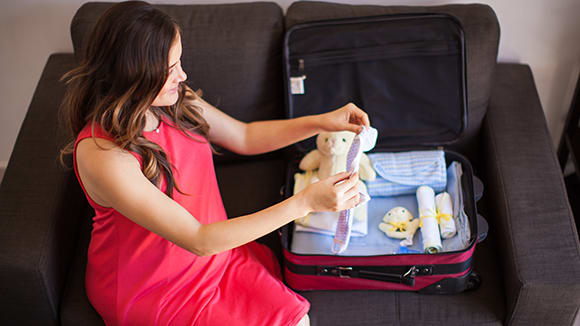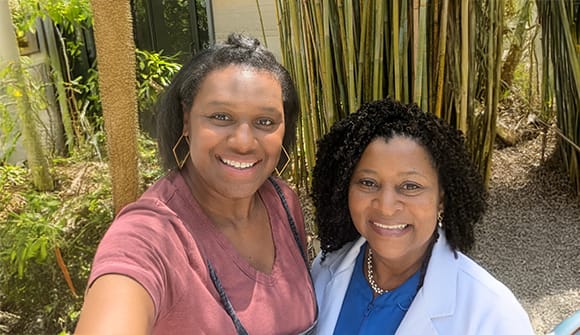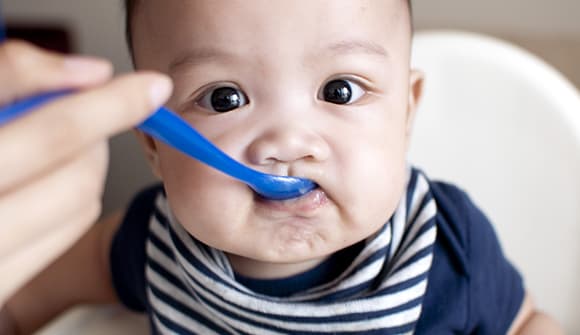DNA for doubles?
Identical twin OBGYN weighs in.
Article Author: Wesley Roberts
Article Date:

If the DNA for delivering doubles doesn’t run in your family, there is still a chance you might have two peas in the pod. That is because certain types of twins run in families, and others do not.
Identical twins occur in pregnancy when one egg is fertilized, and then the fertilized egg splits into two. An identical twin herself, Michelle Melanson, MD, OBGYN at Women’s Care Florida who delivers at Baptist Medical Center Jacksonville and Baptist Medical Center South, explained identical twins occur from a random event that is not genetic.

“In the case of identical twins, also known as monozygotic twins, the two offspring share the same genetic makeup since they are the result of fertilization from a single egg and single sperm,” said Dr. Melanson.
During a regular cycle, rising levels of the hormone estrogen thicken the lining of the uterus. Then, one egg is released from the ovaries. This is when ovulation occurs.
“Sometimes, a woman can release two eggs at a time. This can occur randomly, as a result of certain fertility medications, or it can run in families,” explained Dr. Melanson. “When women release multiple eggs in a cycle, we call this hyperovulation.”
What about dad?
When two eggs are fertilized by two sperm, fraternal twins occur. Fraternal twins are no more genetically similar than siblings.
“Women who hyperovulate (release two eggs at a time) are more likely to have fraternal twins, and this can be a genetic trait,” said Dr. Melanson. “A woman who hyperovulates can pass this on to her daughter. A male can carry this trait in his X chromosome, and though it doesn’t impact him, he can pass it along to his daughter.”
This explains why it sometimes appears that twins “skip a generation.” While the father’s DNA does not have an impact on whether he will have twins, his daughter would have an increased likelihood of having twins.

Identifying identicals
“By the time we can see the pregnancy on an ultrasound, we can determine if the mother is going to have twins,” said Dr. Melanson. “However, we don’t always know right away if they are identical or fraternal. If the embryos share a placenta, they are identical. If they don’t, it can mean they are either identical or fraternal.”
If the anatomy scan between 18-22 weeks reveals the babies are different sexes, this means they are fraternal twins. If the babies are the same sex, sometimes you don’t know fraternal versus identical until birth.
Wishing for two
“If you want to have twins, you can talk with your doctor about options including fertility medications, which can increase your chances by 10%,” said Dr. Melanson. “But, I do follow that with a reminder that anything you are at risk of during pregnancy becomes a higher risk with twins.”
Triplets and other multiples occur the same way as fraternal and identical twins, and you can even have a combination of both.
“Twins can be both very exciting and also somewhat scary for new mothers,” said Dr. Melanson. “I love being able to talk with mothers about the upcoming joys of having two newborns. I also make sure they know the risks and try to ensure the mother is knowledgeable as the pregnancy progresses. My favorite part of a twin pregnancy is actually meeting the twins!”
Are you seeking a compassionate OB/GYN to help you manage your pregnancy? Call 904.202.4HER (4437). For more information about delivering at Baptist Health (including high-risk pregnancies, like with multiples), visit baptistjax.com/baby.



